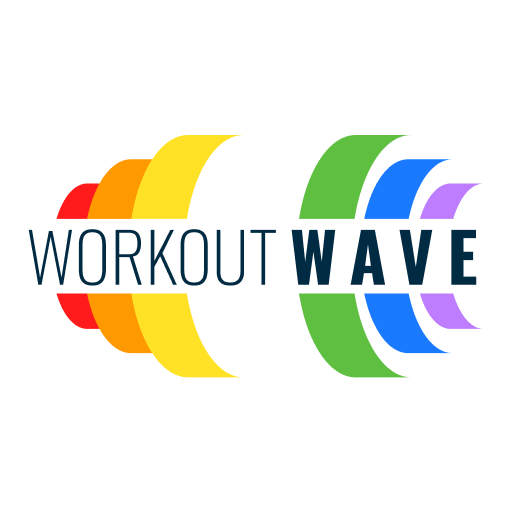7 Mind-Blowing Ways Your Smartwatch Can Transform Your Fitness (According to Science)
Introduction
As we stride confidently into 2024, wearable technology is leading the charge in the fitness revolution. Gone are the days when counting steps was the pinnacle of fitness tracking. Today, smartwatches, fitness trackers, and heart rate monitors provide an expansive suite of real-time data that empowers users to truly harness their potential.
The Evolution of Wearable Fitness Technology
The journey of wearable technology started with simple pedometers and evolved rapidly, now becoming sophisticated devices capable of tracking a myriad of health metrics. These innovations are reshaping sports science, personal training, and even home workouts.
Types of Wearable Fitness Technologies and Their Functions
- Smartwatches: These multifunctional devices do more than tell time. With features like GPS, heart rate monitoring, and integration with fitness apps, they provide personalized insights.
- Fitness Trackers: Often simpler and more streamlined than smartwatches, these devices focus on tracking physical activity, steps, calories burned, and sleep quality.
- Heart Rate Monitors: A staple for athletes, heart rate monitors help in optimizing workouts by keeping an eye on cardiovascular performance.
The Benefits of Wearable Technology in Fitness
- Sharper Insight into Physical Health: Wearables offer a panoramic view of your health status and fitness levels, allowing you to make data-driven decisions.
- Enhancing Performance: Athletes can tweak training regimes based on real-time feedback from wearables, tailoring intensity and recovery for optimal results.
- Accountability and Motivation: Many devices gamify fitness by setting goals, tracking streaks, and even engaging with communities for healthy competition.
- Holistic Wellness Tracking: Sleep monitoring, meditation guides, and stress tracking promote overall well-being beyond just physical fitness.
Challenges and Considerations
Despite the benefits, there are considerations to keep in mind when integrating wearables into your routine. Sometimes, data overload can overwhelm new users. Accuracy varies between devices, and not every wearable is suited for every activity or skin type. It’s crucial to choose the right device for your specific needs and fitness goals.
Integrating Wearable Technology into Your Fitness Routine
Start by identifying what aspect of fitness you most want to track or improve. A runner might prioritize GPS and heart rate accuracy, while someone focusing on overall health may seek comprehensive wellness data. Ensure regular syncing with apps for updated metrics and insights. Gradually, this data can inform strategic adjustments to your workouts, diet, and sleep schedule.
Conclusion
Wearable technology is no longer just a trend; it’s a cornerstone in the modern approach to fitness. As these devices continue to advance, they offer unparalleled opportunities for improving health and performance.
By using tools like WorkoutWave, you can seamlessly integrate and interpret data from wearables, achieving your fitness goals faster and more efficiently. Explore the future of fitness with the powerful synergy of wearable technology and dynamic apps. #WorkoutWave #WaveHelloToFitness





